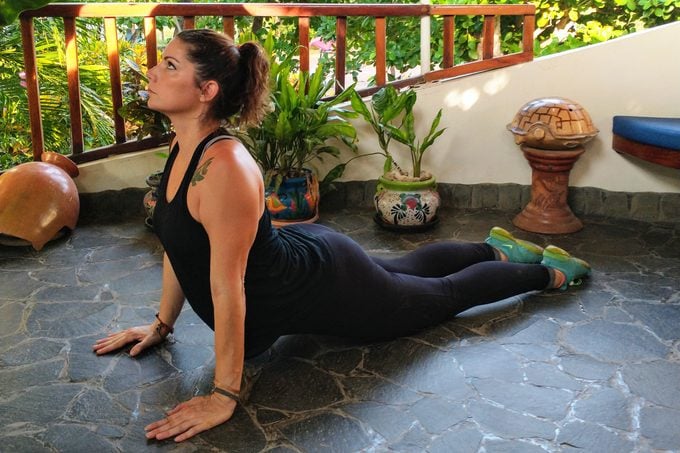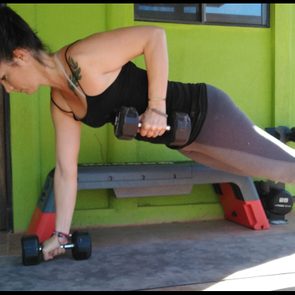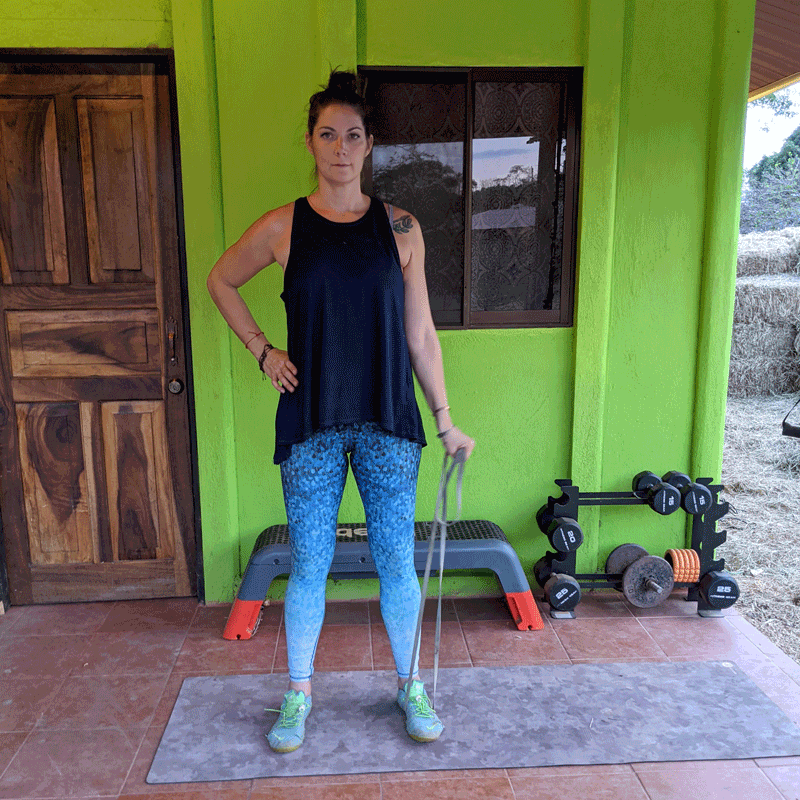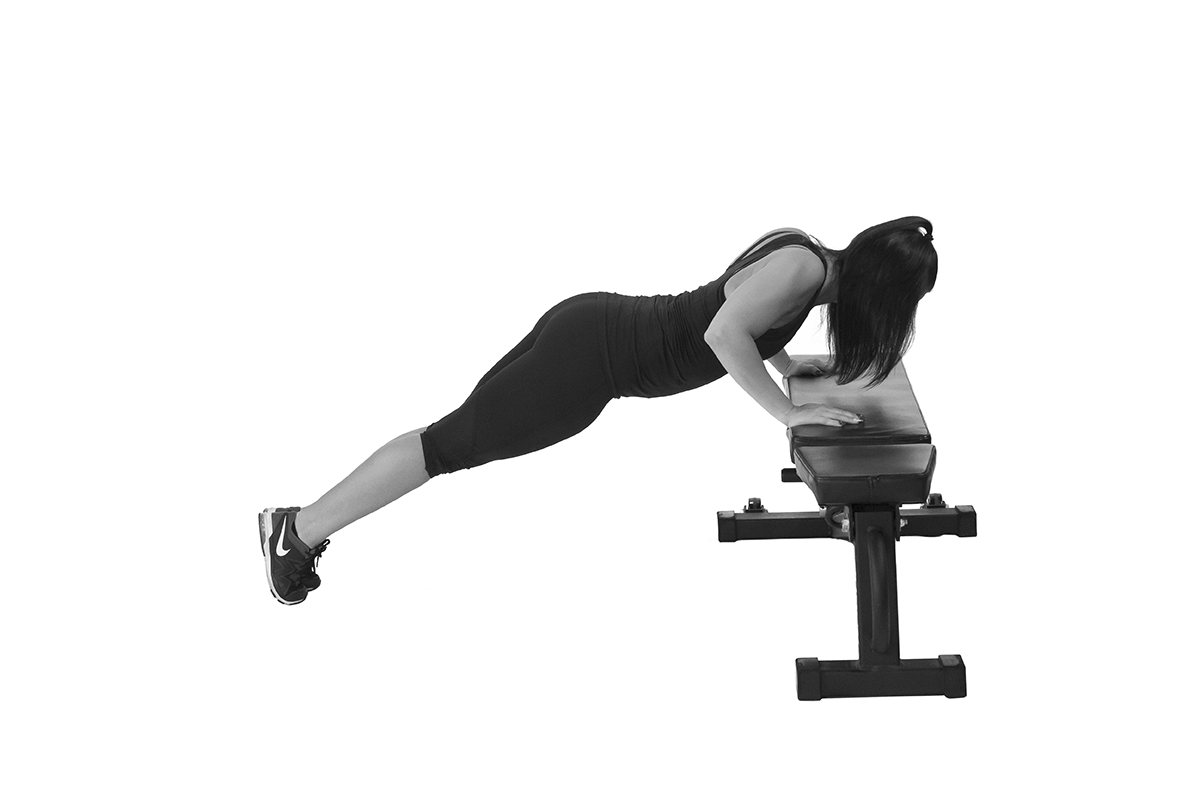How to Do a Cobra Stretch for Better Back Flexibility
Updated: Jun. 07, 2021
Strengthen your arms, shoulders, and back as you stretch out your spine with the beginner-friendly yoga pose known as the cobra stretch.
Cobra pose: A beginner-friendly backbend
Forward-leaning, hunched positions are practically a given of modern life. Even if you make a point of sitting up straight and checking your posture, many daily activities lend themselves to a rounded-shoulder position.
Think about it. Whether you’re driving, texting on your cell phone, leaning over a desk or table as you help your kids with homework, or relaxing on the couch, your body almost always ends up slightly slouched or hunched.
It’s important to prioritize exercises and stretches that counter and correct common muscles imbalances.
For example, the chest and front of the shoulders are always activated while others, like the upper back, neck, and back of the shoulders, are always relaxed.
Cobra is an easy yoga pose and excellent stretch to include in your daily routine.
(Use these stretches for lower back pain.)
What the cobra stretch works
“Cobra pose, known in yoga as bhujangasana, is one of my favorites because it can counter the flexed posture of modern life and help your breathing and alignment,” says Lara Heimann, a physical therapist, yoga instructor, and founder of LYT Yoga.
“Cobra extends the spine while working the arms in one of the few yoga poses that uses a ‘pull’ force,” she says. “This pose is wonderful for opening the front of the body while strengthening the back of the body and establishing a neutral pelvis.”
When performing the cobra, you can expect to feel a stretch through your spine as you perform an extension, but you’ll also enjoy an “opening” through the chest, shoulders, and even the abdominals and hip flexors.
Since you’re actively pressing through your palms and engaging your upper back to help your spine extend, you can use cobra as a strengthening exercise for your triceps, shoulders, and upper back.
Who should (and shouldn’t) try the cobra stretch
The cobra stretch is generally considered safe for most people, although it’s important to listen to your body and respect your personal mobility limitations.
This may mean avoiding a full back extension, the arching of your lower back. Instead, you might opt for a modification, like the sphinx pose, if a deeper backbend is uncomfortable.
Catarina Esteves, the owner of Yoga Sámkhya UK in London, adds that backbends like the cobra may not be appropriate for individuals with severe lumbar lordosis, which is the term for a deep C curve of the lower back.
“Cobra pose might intensify the lumbar flexion,” she says. “If this is the case, I refrain from prescribing backward bends at all or suggest individuals with lordosis do a variation with the forearms on the ground.”
Finally, if you’re pregnant, you may not feel comfortable performing the stretch after your first trimester, depending on whether the pose places pressure on your growing belly.
Talk to your doctor about whether you’re cleared to try exercises that start in a stomach-down position (like the cobra stretch), or ask your local yoga instructor about pregnancy-safe modifications.
(Ease hip pain with these moves.)

Before you attempt cobra pose
First, it’s important not to perform the cobra when your muscles are completely cold.
Yoga instructors typically add the cobra stretch at the end of a series of poses to ensure the muscles are warm and your spine is ready to move into a deep bend.
If you’re doing the move at home, try adding it to a stretching routine after doing a quick, dynamic warm-up.
How to perform the cobra stretch
Once you’re nice and warm, lie on your stomach on your mat. Keep your legs pointing straight back in a neutral position, not angled outward or rotated out from the hips.
Place your palms flat on the ground under your shoulders.
Take a breath in and press through your palms, extending your arms as you reach your chest forward, opening your shoulders wide, and moving your spine slowly as if vertebrae by vertebrae.
Gaze upward slightly but keep your neck aligned with your spine.
Your hips should be squared and aligned. Don’t lift your pelvis or thighs away from the floor.
If you can’t extend your arms fully and keep your pelvis on the ground, allow your elbows to maintain a slight bend.
Make sure your shoulders aren’t scrunched up toward your ears. Rather, use the muscles of your upper back to pull your shoulder blades down and toward your spine. This will help open your chest and draw your shoulders away from your ears.
Hold the position for three deep breaths. Release the pose, lowering your chest back to the floor.
Repeat three to five times.
Additional tips for performing the cobra stretch
One way that Esteves encourages her students to protect their low back while performing the cobra stretch is to join the heels of the feet together, keeping them tight throughout the pose.
If you try this trick, you’ll need to bring your legs together so they remain in a neutral, backward-pointing position. (You don’t want to rotate the heels, and thereby the hips, inward to touch.)
Holding the pose for three to five breaths is a good way to temporarily loosen up the spine and counter the hunched nature of daily living. But if you really want to improve flexibility through your spine, chest, and shoulders, Esteves says you’ll need to hold the pose for longer.
“I recommend 30 seconds to one minute, depending on how advanced they are since this is the only way to build real strength and gain flexibility,” she says.
Keep in mind, it can take time to work up to this length of hold.
Start with five sets of three to five breaths. As you begin to feel more comfortable with the pose over time, see if you can hold it or longer.
Next, try out the scorpion stretch or the Figure 4 stretch to loosen your hips.























